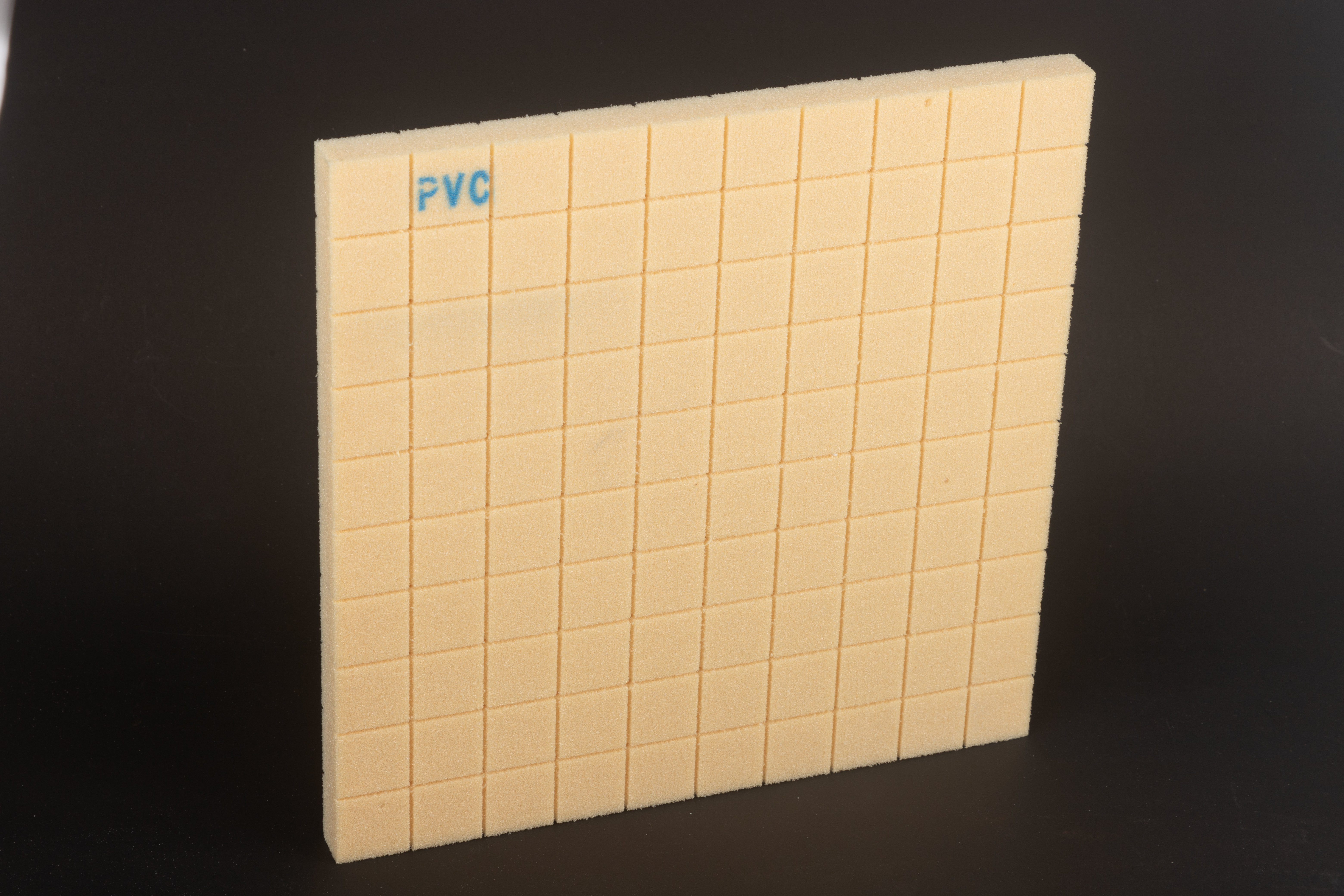
PVC Structural Foam: Engineering the Future of Lightweight Composites
PVC structural foam, a high-performance core material, is redefining industries reliant on lightweight yet strong composites, such as aerospace, wind energy, and marine engineering. By integrating closed-cell microstructures with tailored mechanical properties, this material achieves an optimal balance between stiffness and weight.

1. Microstructural Engineering for Enhanced Performance
PVC structural foam’s strength originates from its closed-cell architecture, where spherical pores (diameter: 50–200 μm) are uniformly distributed. This design minimizes stress concentrations, enabling the material to withstand compressive loads up to 5 MPa without collapse.
To further optimize performance, manufacturers employ viscoelastic-plastic constitutive models to simulate stress-strain behavior. These models account for strain-rate sensitivity, allowing engineers to predict how the foam deforms during crashes or vibrations. For instance, in automotive bumper systems, PVC foam cores reduce peak impact forces by 40%, protecting passengers while meeting federal safety standards.
2. Crashworthiness and Energy Absorption
PVC structural foam’s ability to crush progressively makes it ideal for energy-absorbing applications. During a collision, the foam’s plateau stress region (typically 1–5 MPa) dissipates kinetic energy through controlled cell collapse, preventing catastrophic failure. This property is critical in aerospace, where PVC foam sandwiches between carbon fiber skins form lightweight fuselage panels.
In renewable energy, PVC foam cores in wind turbine blades enhance fatigue resistance. A study by the Journal of Composite Materials revealed that blades with PVC foam cores endure 50% more load cycles than those with polyurethane (PU) cores, extending operational lifespans by 10 years. This durability translates to lower maintenance costs and higher energy yields.
3. Innovations in Radiation and Heat Resistance
Traditional PVC foams degrade above 80°C, limiting their use in high-temperature environments. However, radiation-crosslinking technologies now enable heat-resistant variants.
Another breakthrough involves nanoparticle reinforcement. Adding 2–5% graphene oxide to PVC foam matrices increases thermal conductivity by 300% while maintaining electrical insulation. This hybrid material is pivotal in electric vehicle battery packs, where it dissipates heat efficiently without risking short circuits.
4. Market Trends and Future Prospects
The global PVC structural foam market, valued at $450 million in 2024, is expected to grow at 7.2% CAGR through 2030, driven by demand for electric vehicles and offshore wind farms.
Looking ahead, bio-based PVC foams derived from renewable feedstocks (e.g., castor oil) could reduce reliance on fossil fuels. Early prototypes exhibit comparable mechanical properties to petroleum-based foams, offering a sustainable path forward. Additionally, 4D printing technologies may enable on-site fabrication of custom-shaped PVC foam components, slashing logistics costs for large-scale projects.
PVC structural foam represents a pinnacle of material engineering, combining lightweight design with exceptional crashworthiness and thermal stability. Its applications span from safer vehicles to cleaner energy systems, underscoring its versatility in addressing global challenges.
PVC structural foam,PVC foam ,PVC
Latest News
Previous Page




